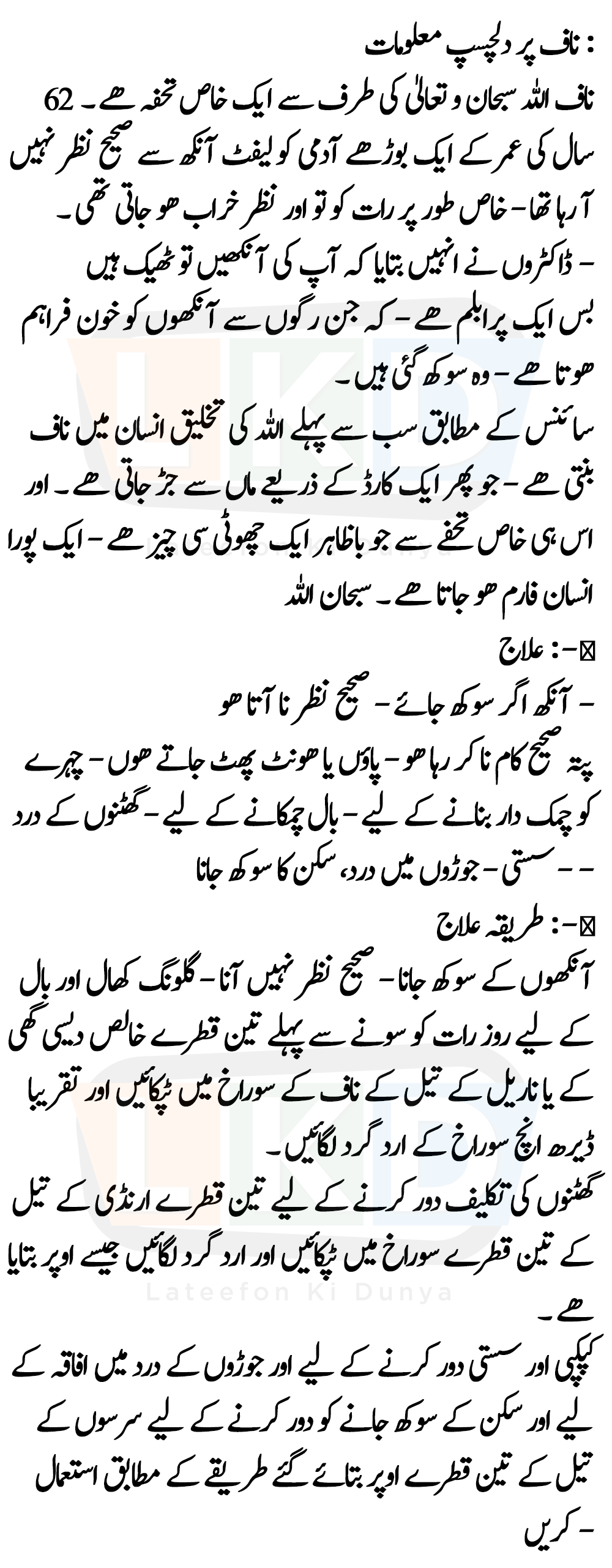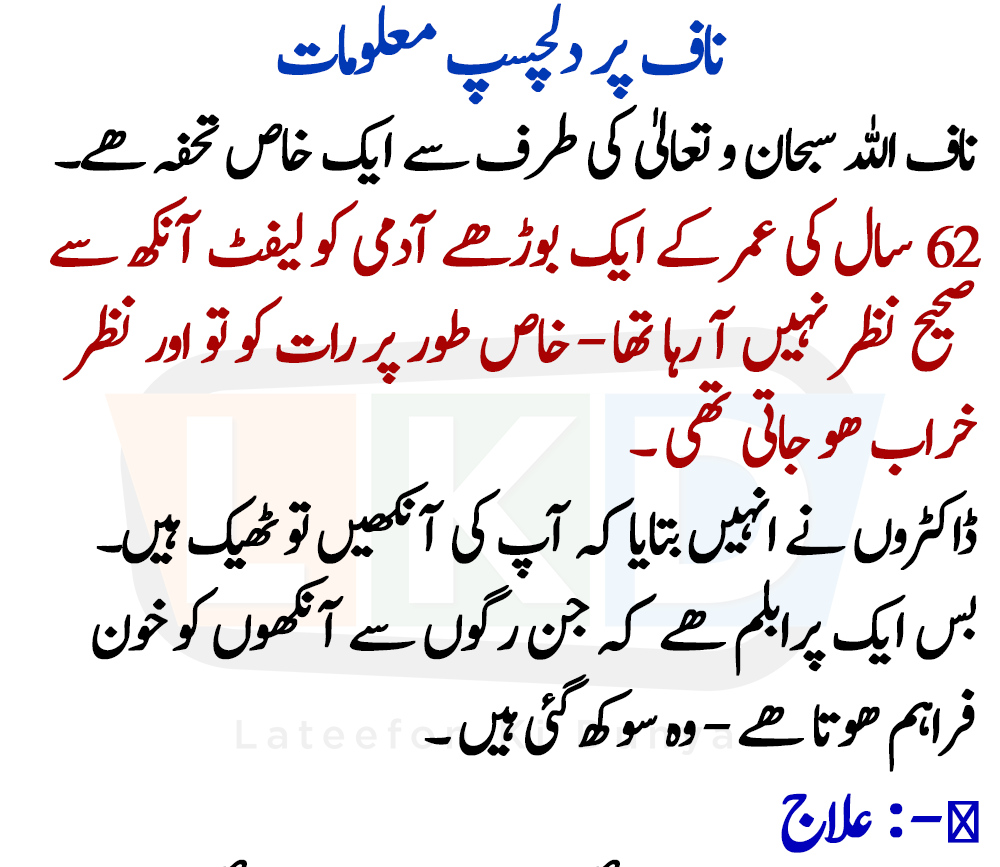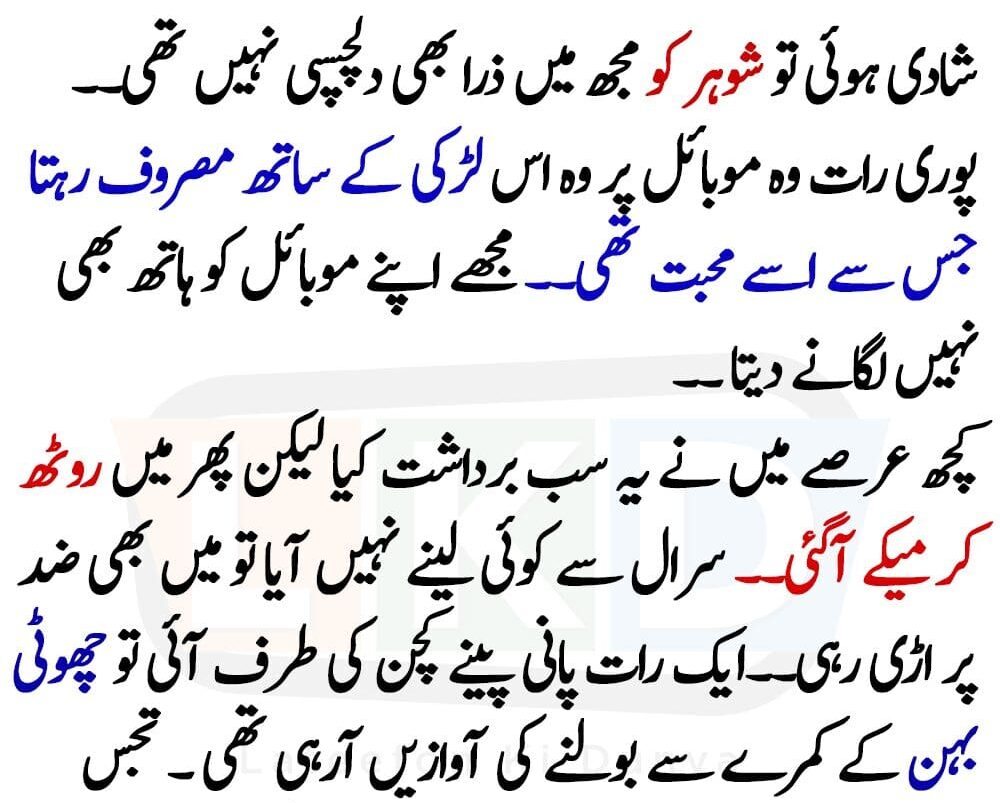1. Overview
Heat styling, perming, bleaching, and coloring can all cause chemically damaged hair. Despite being well-liked for their ability to change hair, these treatments can leave hair strands fragile, dry, and brittle. It is feasible to repair chemically damaged hair, but it will take the correct methods and supplies. This essay will discuss the reasons behind chemical damage, practical remedies, and advice on how to get healthy hair again.

2. Comprehending Chemical Damage
What Leads to Hair Damage from Chemicals?
When hair is subjected to severe treatments that deplete it of its natural oils and proteins, chemical damage results. Typical offenders consist of:
– **Bleaching**: Causes dry, brittle hair by breaking down the pigment in the hair.
– **Coloring**: The structure of the hair may be weakened by frequent coloring.
– **Perming and Relaxing**: These procedures use potent chemicals to change the texture of hair, frequently causing damage.
**Heat Styling**: Using heat tools, such as curling wands or flat irons, excessively can worsen chemical damage.
Indications of Chemical Hair Damage
Chemically harmed hair frequently displays:
– Frizz and dryness – Breakage and split ends
– Lifeless, dull look – Tangling and handling issues
3. Remedy for Chemically Damaged Hair That Works
Deep Conditioning Procedures
Frequent deep conditioning procedures help restore moisture to damaged hair. Seek conditioners that moisturize and repair, such as those with **shea butter, keratin,** and **argan oil**.
Protein Handling Procedures
Hair damaged by chemicals frequently lacks protein. The structure of the hair can be rebuilt using protein treatments, strengthening and decreasing breakage. Apply **silk amino acids**, **collagen**, or **keratin** protein treatments once or twice a month.
Olaplex Treatment for Bond-Building
A well-liked salon procedure called Olaplex works to strengthen the internal links of hair. It works particularly well on hair that has undergone several bleaching or colorings. To keep results going, you can also apply the **Olaplex No. 3 Hair Perfector** at home.
Moisturizers for Hair
For hair that has had chemical treatment, weekly hair masks are necessary. Masks high in **honey**, **avocado oil**, or **coconut oil** help seal in moisture and gradually heal damage.
Conditioners to Be Left In
Throughout the day, a quality leave-in conditioner keeps your hair hydrated and protected. For softness and manageability, look for lightweight solutions containing **aloe vera** or **argan oil**.
4. Everyday Hair Care Advice for Frizzy Hair
1. Make use of a Sulfate-Free, Gentle Shampoo
Sulfates deplete the hair of its natural oils, exacerbating the damage. Use a shampoo without sulfates to clean your hair without making it dry.
2. Steer clear of overheating styling
Use of hot tools, such as curling irons, blow dryers, and straighteners, should be minimized. Use a **heat protectant spray** if you must use them in order to prevent more harm.
3. Regularly trim split ends
Frequent cuts aid in removing split ends and stop additional damage. Get a trim once every six to eight weeks.
4. Use a Wide-Tooth Comb Instead
Rather than using a brush on delicate, chemically damaged hair, use a wide-tooth comb. Hair should always be gently untangled, working your way up from the tips.
5. Use a silk pillowcase to sleep
Silk pillowcases assist to eliminate breakage and frizz by reducing friction on your hair while you sleep.
5. Professional Salon Services
1. Treatment with Keratin
Keratin treatments restore internal damage and smooth the hair’s surface. Keratin, a protein that aids in restoring strength and luster, is infused into hair during these treatments. The effects may continue for three months.
2. Brazilian Takedown
Another alternative for chemically damaged hair is a Brazilian blowout, particularly if you desire smoother, frizz-free hair. It leaves hair looking healthy and lustrous by sealing it in a coat of protective proteins.
3. Infusion of Moisture Therapy
Many salons provide treatments that infuse hair with moisture and employ heat to facilitate the deeper penetration of deep conditioners into the hair shaft. These are the best treatments for hair that is severely dry and damaged.
6. Natural Solutions for Hair Damage Caused by Chemicals
1. Treatment with Coconut Oil
A great natural cure for dry, damaged hair is coconut oil. Over time, it strengthens and replenishes moisture in hair by penetrating deeply into the hair shaft. For optimal hydration, apply it as a pre-shampoo treatment or leave it in overnight.
2. Mask of Aloe Vera
Aloe vera can aid in the restoration of chemically damaged hair because of its calming and hydrating qualities. For a simple, all-natural hair mask, mix a small amount of **argan oil** with **aloe vera gel**.
#3. Hair Mask with Avocado
Rich in vitamins and fatty acids, avocados help repair damaged hair. Mash one ripe avocado and combine it with **olive oil** to produce a hydrating mask. After 30 minutes, leave it on and wash it off.
7. How Much Time Does Chemically Damaged Hair Take to Mend?
The degree of chemical damage and the type of treatments applied determine how long it takes to heal damaged hair. If constant treatment is given, mild to severe damage can normally recover in 3-6 months. It could take a year or more for severe damage to heal completely. Regular treatments and patience are essential.
8. Prognosis for Hair Repair Technologies in the Future
1. Advanced Treatments to Strengthen Bonds
We may anticipate more advanced bond-building treatments like **Olaplex** as hair care research progresses. These procedures provide damaged hair a long-term fix by more successfully repairing internal hair connections.
2. Products for Scalp Care
There are growing new treatments aimed at scalp health. Strong, healthy hair is built on a healthy scalp, thus items that support scalp health may become increasingly important in the process of healing chemically damaged hair.
9. Concluding Remarks
Chemically damaged hair takes time, the appropriate treatments, and a committed regimen to repair. You may progressively bring back the strength and shine of your hair by combining deep conditioning treatments, protein therapies, and natural remedies. As you strive for stronger, healthier hair, preventing additional harm and treating your hair gently can help you stay on track.



